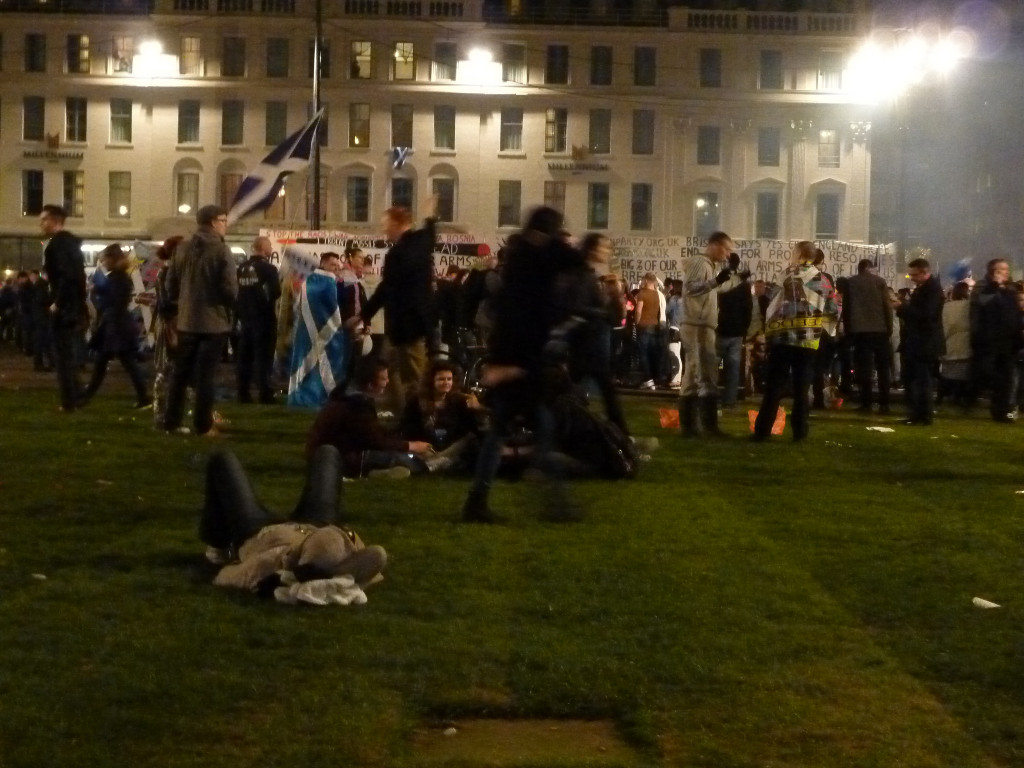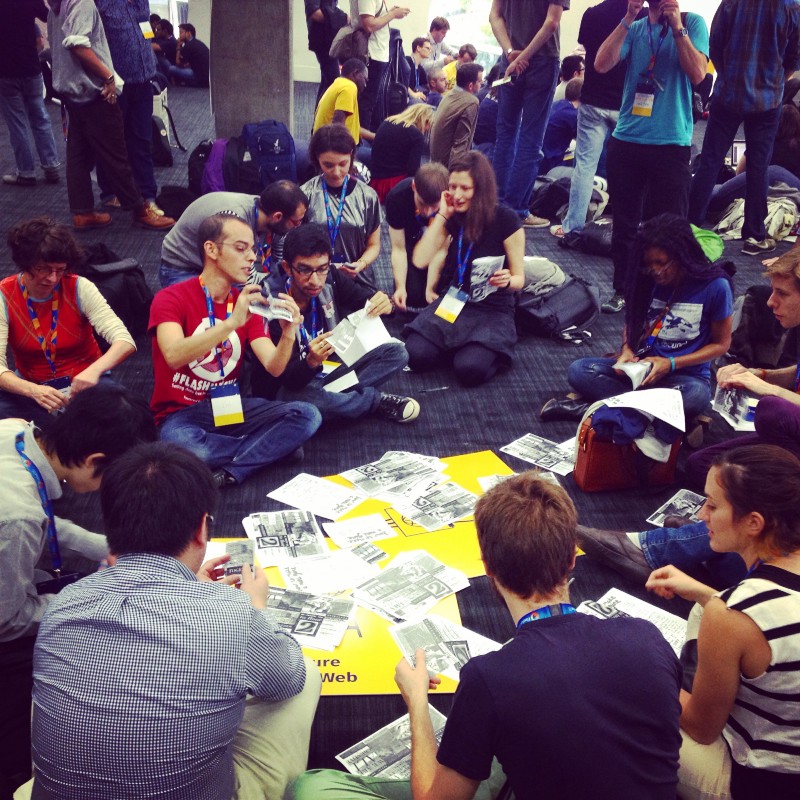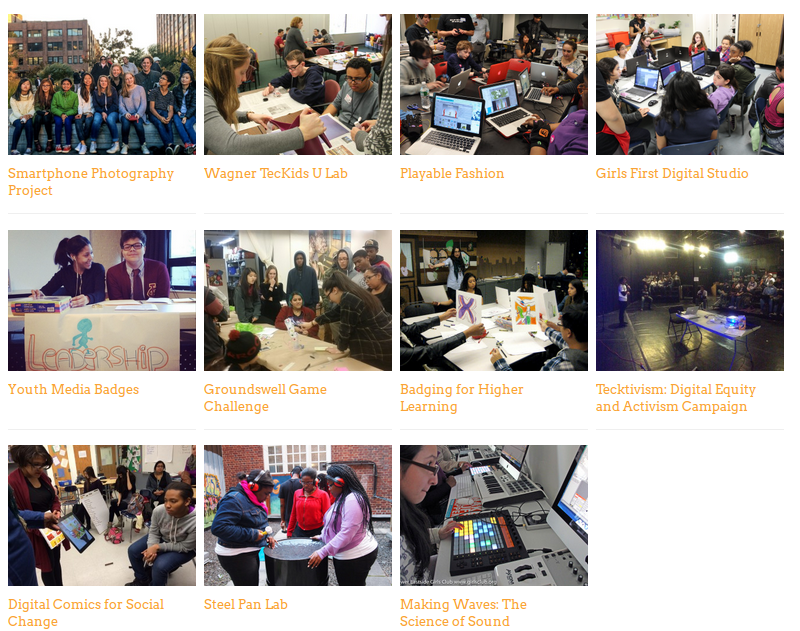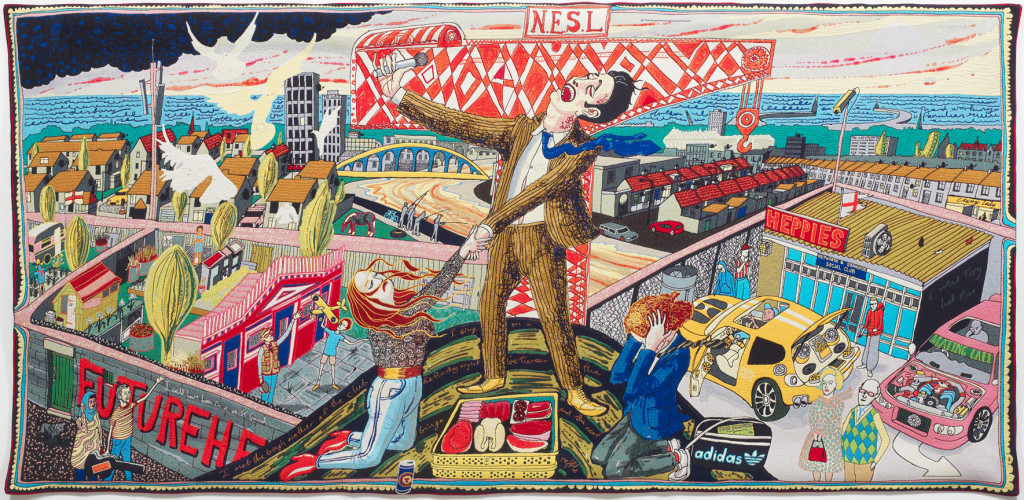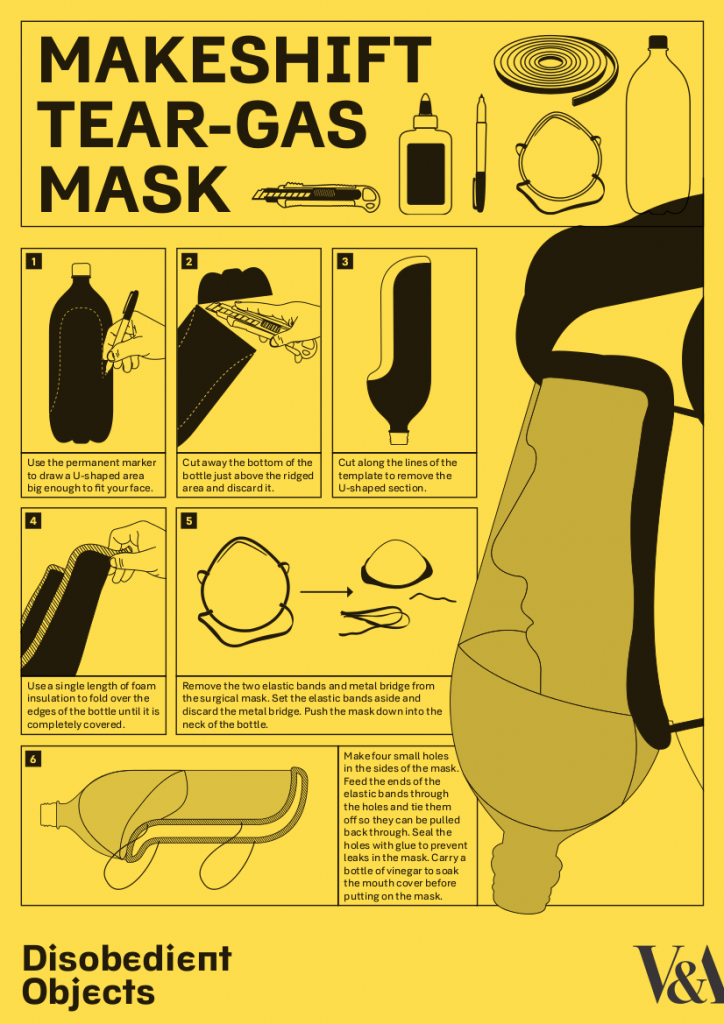Last Friday (6th March 2015) we gave a presentation to the STUC Organising Seminar in Glasgow, introducing Hack Aye, what it’s all about, how we got here and who inspired us to do this. You can see the presentation on Prezi or our About page. This post expands on the presentation to give a bit more detail on our approach, explaining how we got here.
Hack Aye is a new model we hope will increase the ability of young people in Scotland to participate in different areas of life, starting with a project we’re working on in conjunction with the STUC as part of the Decent Work campaign. We’re exploring some initial partnerships with trade unions and are open to forming more connections with people working in other sectors – drop us an email or comment below to get in touch.
Why Participation?
Reality for most young people in Scotland (and elsewhere) at the moment means no work, not enough work, insecure work or low pay. Worker exploitation has become part of normal life for many people, resulting in a chronic loss of confidence. This Poverty Alliance video touches on something central to the direction we chose for Hack Aye:
See also this account from a young woman working in a call centre.
Having problems with work affects so much more than your working life – it has an impact on every aspect of your life. Being unemployed, underemployed or underpaid prevents you from participating, in your community, the wider society and your own future, from your career and education pathways to your personal and family life.
This is the point we’re starting from – that people (we’re focusing on young people initially) are being denied their right to fully participate in life.
A Contrast – IndyRef
Take a moment to contrast this demoralising reality with what happened in Scotland last year, during the Independence Referendum. As people living in Scotland and the huge numbers of international visitors who came to share the experience with us will testify – it was an exciting time, with young people taking to the streets in their thousands, engaging with the debate in person and on social media.
The record voting turnout reflected this unprecedented level of interest in the political process – but the overwhelming majority of these same young people remain disconnected from and uninterested in trade unions, the labour movement or traditional channels of collective action.
See “Scotland’s young, feisty yes generation has nowhere to go” Paul Mason
What Happened Last Year?
Well, here’s one of the things that happened:
Young people imagined (and talked about) the kind of country they wanted to live in.
Even people who are routinely politically active tend to work within the existing systems and structures, which can make the situation seem at best like an endless uphill struggle and at worst utterly hopeless – but young people saw independence as more of a blank slate. Of course it wasn’t really a blank slate and some people were certainly imagining things that were unrealistic, but the fact that young people felt able to express their vision of a better future was highly unusual and ultimately empowering.
It seemed to cause the “outbreak of hope” people noticed north and south of the border (and elsewhere):
We want to create opportunities for young people to do this again, visualise a different reality for the future of their work, education or life in general. This creative process will unfold in conjunction with a series of experiences exploring the power of collective action.
Seeing Things as Changeable
What we’re planning is a program of creative learning activities based on innovative approaches from the hacker / maker movements and culture.
Steven Levy on the hacker ethic:
“Hackers believe that essential lessons can be learned about the systems – about the world – from taking things apart, seeing how they work, and using this knowledge to create new and more interesting things.”
Researcher Rafi Santo uses the term “hacker literacies” to refer to the skills, tools and practices in applying this hacker ethic. We hope to help young people to acquire these hacker literacies in the context of political activism.
See also Hive Research Lab.
Learning, Making, Changing
Sometimes called “ideas labs” or hackathons, maker events involve groups of people collaborating on a productive project, learning skills, expressing views on topics that interest them and interacting with / supporting others. Many such events have taken place around the world, in technology, learning and culture. The results are promising – participants:
- gain confidence
- experience the benefit of being part of a team
- learn intuitively that their interests align with those of the community
- create real change
Organisations involved in these activities also achieve a dialogue with the young people taking part.
A Model in Action – Hive Learning Networks
Non-profit software, activist and learning technology organisation Mozilla has pioneered the use of hacker/maker events not only in tech but also in education. Hive Learning Networks are a key example of hacking applied to a social context. These city-wide communities around the globe involve diverse networks of individuals collaborating to create new learning experiences and connect underprivileged youth to opportunity.
Hive Learning Networks are groups of people and organisations coming together to change the way learning works in their city. The experiences they create are designed to serve the values of connected learning and web literacy, focusing on productive, interest-driven activities and empowering young people to become makers on the web, not just consumers.
Rather than trying to effect change exclusively top-down through the political process, Hive members are hacking the social transformation they want to see by making changes in their own communities, sharing what they learn with others throughout an international network.
Using Mozilla’s Webmaker tools (Popcorn, Thimble, X-Ray Goggles and Appmaker), Hive programs use technology to empower young people to fully participate in their own digital, education, community and working lives.
Here’s a cheeky wee snapshot of what you can do with X-Ray Goggles:
Hack Aye is focused on using the hacker approach to learning and making in both arts and technology.
Hack Aye Events
Our program of hacking/making events will see young people exploring a range of topics that are of interest/relevance to them, for example:
- identity
- equality
- work
- culture
- justice
- environment
Participants will learn new tech and arts skills – and/or express the skills and knowledge they bring with them. Contributions, involvement and learning achievements will be recognised using Open Badges. Young people will also have opportunities to connect with artists in various art-forms, technologists and networks connected to participating organisations, initially including the Scottish trade union movement.
Key Principles
The program structure will be decentralised, affording young people a sense of ownership, not only of the outcomes, but also the process itself, making decisions about direction. Our aim is to provide a support structure for this engagement model, with participants driving it forward.
The program will also be openly documented, producing shareable outcomes that can be used and remixed by others across an international network.
Crucially, it will support participating as much or as little as you like and/or participating anonymously. We want young people to decide the details of how they connect and engage, but all of their contributions will be valued. Artists and technologists will facilitate activities, rather than leading them through a fixed process.
Change the Story
A key aim for the Hack Aye program is to encourage young people to subvert the prevailing representation of working class culture – and to see themselves in a different light.
“The Agony in the Car Park” Grayson Perry
See also “The Estate We’re In” Lisa McKenzie
The Power of Making
A 2014 exhibition broke visitor records for the V&A. Disobedient Objects highlighted the power of making in collective action, showing how movements share innovations.
This downloadable guide reflects the occasion in 2014 when Turkish protesters devised a home-made tear gas mask design, which has since been shared with other activists around the world, notably including people in Ferguson, America. This type of object demonstrates the ability that the web gives anyone to publish and access information, outside of the traditional, power-laden publication channels.
The Time is Now
Hack Aye takes inspiration from contemporary global movements, and will touch on the Fast Food Campaign, Hacktivism and Occupy. We hope to maximise on the momentum generated during IndyRef by creative movements such as the Radical Independence Campaign, Common Weal, National Collective and the upsurge in activism across Europe and beyond.
The web gives us the ability to organise on an unprecedented scale, to share resources and knowledge, and to operate within decentralised networks. Networked participation puts individuals in control over when and how they engage, meaning more people are able to get involved.
See Hello, World: Let’s (re)make networked art for more on the creative, community organising practices supported by web interaction.
Let’s Hack!
Starting in 2015, Hack Aye will be working with various partners to connect young people to the skills, tools and networks they need to fully participate in life. If you’re interested in finding out how this program could improve engagement with your organisation, we’d love to hear from you – comment below or email info@hackaye.com

